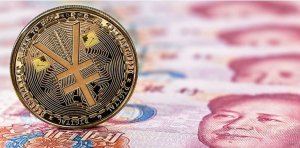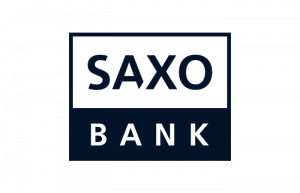IOSCO consults on recommendations for trading venues’ mechanisms to manage extreme volatility
Automated volatility control mechanisms may not be the perfect solution for all types of trading venues and markets, IOSCO advises.

Just a day after the United States Securities and Exchange Commission (SEC) reached a $14 million settlement with NYSE over the Exchanges’ law violations during disruptive market events, the Board of the International Organization of Securities Commissions (IOSCO) publishes a Consultation Report on Mechanisms Used by Trading Venues to Manage Extreme Volatility and Preserve Orderly Trading.
IOSCO notes that recent events illustrate how extreme volatility can negatively impact securities markets and related asset classes across geographic jurisdictions. The list of examples features events like the U.S. market volatility on August 24, 2015 and the “flash crash” on May 6, 2010.
In an effort to help trading venues and regulators address extreme volatility and help maintain orderly markets, IOSCO outlines a set of recommendations.
The regulator advises that trading venues should establish and maintain appropriate volatility control mechanisms during trading hours in order to manage extreme volatility and preserve orderly trading in a financial instrument on the market.
Importantly, a one-size-fits-all model across all asset classes and jurisdictions is not necessarily ideal. Differences in liquidity or product types may necessitate a tailored approach when it comes to the design and functionality of mechanisms to protect the price discovery process and to avoid significant disruptions to orderly trading.
IOSCO stresses that while automated volatility control mechanisms may not be the perfect fit for all sorts of trading venues. While such solutions are employed more often in automated markets, manual intervention may still be appropriate in some instances, such as trading venues that are small in size or operate in a manner other than a continuous order book (e.g. call market) where the benefits of automation may be absent.
Also, while most trading venues use some form of volatility control mechanism, the use of such mechanisms may not be appropriate for venues with low trading volume. In such cases, volatility events may be addressed through other solutions, including, for example, reliance on specialists or market makers who can moderate price fluctuations prior to order entry or execution.
The calibration of the reference prices or thresholds is crucial. Various factors may be considered including the:
- the nature of the financial instrument or underlying asset;
- the liquidity and volatility profile of the specific instruments and asset classes/sub-classes; and
- the price of the financial instrument.
IOSCO also recommends that trading venues regularly monitor volatility control mechanisms to make sure they are working as designed and to identify circumstances that would require the mechanisms to be re-calibrated.
The organization notes that trading venues in certain jurisdictions are specifically required to use volatility control mechanisms, but are given discretion in determining the precise methodology to use with varying degrees of specificity on how these mechanisms must operate. In the European Union, for example, the MiFID II regime contains detailed provisions and guidelines, while other jurisdictions provide more flexibility to trading venues in determining the appropriate volatility control mechanisms.
IOSCO also recommends that regulators should consider what information they require to effectively monitor the overall volatility control mechanism framework in their jurisdiction, and make sure that trading venues maintain relevant records.
In addition, IOSCO believes that market participants and the public should have information regarding the types of volatility control mechanisms in place on a particular trading venue, and how a mechanism may be triggered.
For market participants, the following information about trading halts can be very important:
- how a trading halt is triggered;
- the type of trading halt;
- the trading phase in which it was triggered; and
- any applicable extensions of the halt and the end of the halt.
Where the same or related instruments are traded on multiple trading venues in the same jurisdiction, trading venues should communicate as appropriate when volatility control mechanisms are triggered, IOSCO says.
Comments are expected before May 6, 2018.









